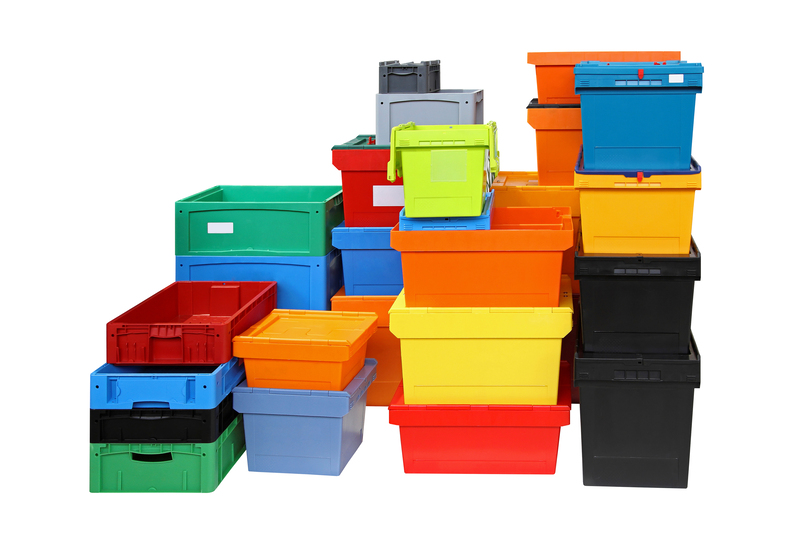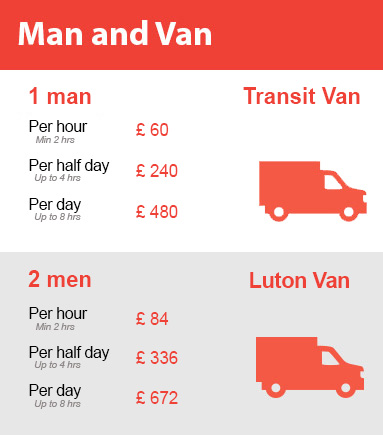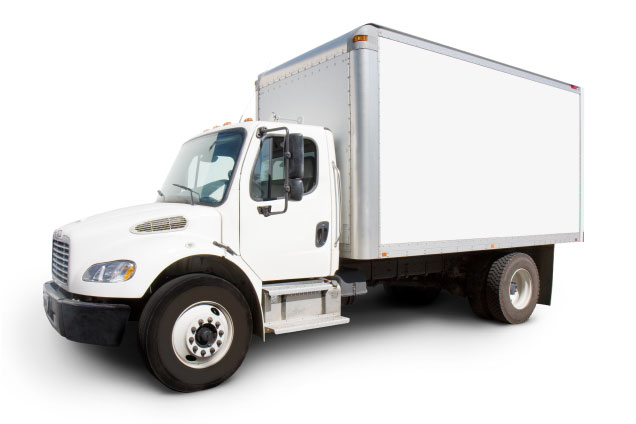Ensuring safety when relocating your piano
Posted on 23/06/2025
Ensuring Safety When Relocating Your Piano
Pianos are more than just musical instruments--they are intricate, valuable, and, often, sentimental possessions. Relocating your piano can be a daunting task that calls for careful preparation, specialized equipment, and expert handling. Ensuring safety when moving your piano isn't just about protecting the instrument; it's also essential for the safety of those involved in the move and for the spaces your piano passes through.
Whether you're transferring the piano to a new home, a concert venue, or putting it into storage, the process requires meticulous planning. This comprehensive guide will walk you through each step for safe piano relocation, providing insights and tips that will ensure a seamless and secure move for your precious instrument.

Understanding the Complexity of Piano Relocation
Pianos come in various shapes and sizes--from the compact spinet to the majestic grand. They contain thousands of delicate moving parts and can weigh anywhere from 300 to over 1300 pounds. Moving a piano is vastly different from relocating a standard piece of furniture. The size, weight distribution, and fragile internal mechanisms demand special attention. Ensuring piano safety during a move is not just best practice; it's a necessity.
Why Is it So Challenging to Move a Piano?
- Sheer Weight: The average upright piano weighs about 500 pounds, while a grand piano can exceed 1,000 pounds.
- Irregular Shape: Pianos are bulky and have awkward shapes, making them hard to grasp and maneuver through tight spaces.
- Delicate Interior: Even a slight jolt can cause misalignments and internal damage, affecting the tone and functionality.
- Risk of Injury: Improper handling can result in serious injury to movers or damage to flooring, stairs, and walls.
Therefore, securing the piano during relocation should be your highest priority for both personal and property safety.
Pre-Move Preparation: The Foundation of Safe Piano Moving
Before lifting a single corner, thorough preparation is vital. Here's how you can prepare your piano for safe moving:
1. Measure Everything
- Dimensions of the piano: Know the height, width, and length of your instrument.
- Paths and openings: Measure all doorways, stairways, and hallways to ensure clearance for smooth passage.
2. Assemble the Right Tools and Materials
- Moving blankets and padding to protect the piano's finish
- Straps and ropes for securing the instrument in transit
- Piano dolly or skid board to evenly distribute weight
- Work gloves for better grip and safety
- Tape and shrink wrap for securing protective coverings
3. Plan Your Route
- Identify any tight spots, corners, or steps along the way.
- Remove obstacles such as rugs, doors, or decorative objects that may hinder the process.
- Ensure adequate lighting throughout the path.
Tip: Take photographs or videos of the piano's current condition--this serves as evidence if any damage occurs during transit.
Professional Piano Movers Versus DIY
One of the biggest decisions you'll face is whether to hire professional piano movers or attempt the move yourself. Each option has its pros and cons, but for high-value or grand pianos, calling in the professionals is often the safest route.
Benefits of Hiring Professional Piano Movers
- Expertise: Professionals are trained in safe piano transport and know the most efficient and secure methods for different types of pianos.
- Special Equipment: Movers bring purpose-built tools and vehicles equipped for piano relocation.
- Insurance: Your piano's value is usually covered against accidental damage.
- Reduced Risk: Fewer chances of injury and property damage.
When Is DIY Acceptable?
You might consider a DIY move if:
- You have a lightweight or spinet piano
- The move is short and involves no stairs
- You have enough strong helpers and proper equipment
However, never underestimate the risks involved. Ensuring piano safety should always be the priority, not just saving money.
Step-by-Step Guide to Relocating Your Piano Safely
Step 1: Secure Proper Assistance
Gather a team of at least three to four strong, capable adults. Clearly communicate your plan and designate tasks.
Step 2: Prepare the Piano
- Close and lock the keyboard lid to prevent it from opening and damaging keys.
- Wrap the piano in soft, thick moving blankets. Secure them with tape or straps without sticking adhesive directly on the finish.
- If your piano has removable parts--like music stands or pedals--detach and wrap them separately.
Step 3: Lifting Techniques
- NEVER lift a piano by its legs--they are extremely fragile and prone to breakage.
- Lifting should be done from the bottom and sides of the body where the structure is strongest.
- Maintain a straight back and bend at the knees to prevent strain or injury.
Step 4: Maneuvering through Tight Spaces
- Move slowly and maintain constant communication with your team.
- Use padded protection along walls and door frames to avoid gouges or scratches.
- When navigating stairs, always keep the piano upright. Never tilt a grand piano on its side unless it's properly crated.
Step 5: Loading Onto the Moving Vehicle
- Use a sturdy ramp for loading and unloading.
- Once inside the vehicle, place the piano against the back wall--this is the most stable spot.
- Secure the instrument to the vehicle's interior anchor points with heavy-duty straps to prevent shifting during transit.
Step 6: Unloading and Placement
- Reverse the above steps carefully.
- Ensure the new location has enough space and is on a level surface.
- Let your piano acclimate to its new environment before tuning.
Extra Safety Tips for Piano Moving
- Don't rush: Take your time through each stage of the move.
- Mind the weather: Moisture and cold can damage wooden components, so plan for climate-controlled moving, especially for long distances.
- Clear communication: Always talk through tricky maneuvers before acting.
- Use floor protection: Employ rugs, sliders, or plywood pathways to protect floors from scratches and dents.
- Stay organized: Keep all removed hardware and small parts in labeled bags.
Post-Move Care: Ensuring Continued Piano Safety
The job doesn't end once your piano is in its new home. Maintaining piano safety after a move ensures your instrument stays in optimal condition.
Let the Piano Acclimate
Allow the piano a few days to adjust to the new environment before playing extensively. Sudden humidity and temperature changes can affect tuning and cause wooden parts to expand or contract.
Tune and Inspect the Piano
- Schedule a professional tuning, as moves almost always affect pitch and intonation.
- Examine the instrument for any signs of damage or misalignment. Pay attention to pedals, keys, and soundboard.
- If you notice anything amiss, consult a registered piano technician for a thorough check-up.
Common Mistakes to Avoid When Moving a Piano
- Underestimating weight: Many assume a two-person team can handle a piano, leading to accidents and injuries.
- Improper wrapping: Skipping on blankets and padding commonly results in scratched surfaces.
- Lifting by fragile parts: Handling the piano by legs or pedals is a common mistake that causes structural damage.
- Insufficient securing: Failing to properly strap the piano in the moving truck can lead to disastrous shifts during transport.
- Ignoring climate control: Extreme temperatures or humidity can cause long-term damages to your piano.

Frequently Asked Questions About Safe Piano Relocation
Do I really need professionals to move my piano?
For uprights and spinets, a DIY move is sometimes feasible if you have ample help and proper tools. However, for grands or any piano being moved up or down flights of stairs, professional piano movers are highly recommended for ensuring safety, minimizing risks, and preserving your investment.
What should I look for in a professional piano moving company?
- Experience and specialization: Choose companies with a proven track record specifically for pianos.
- Insurance coverage: Verify their insurance policies for both property damage and instrument value.
- Customer reviews: Read feedback from previous piano-moving clients.
- Transparent pricing: Get a detailed quote, including any potential additional fees (stairs, distance, special equipment).
Can my piano be dismantled for easier transport?
Some piano types, especially grands, can have their legs, pedals, and even the lyre removed for transit. Uprights are generally moved as one piece. Dismantling should be left to professionals to avoid damaging the structural integrity.
Ensuring Safety When Relocating Your Piano: The Final Note
Relocating your piano safely isn't just about getting it from point A to point B--it's about making sure that your cherished instrument arrives in perfect playing condition, ready to inspire music for years to come. By following best practices for safe piano moving, planning every step meticulously, and seeking professional assistance when needed, you will give your piano the protection it deserves.
Remember: The key to a successful piano relocation is preparation, teamwork, and respecting the unique challenges that come with moving such a special instrument. Prioritize safety at every stage, and you'll enjoy the music for generations in your new space!





